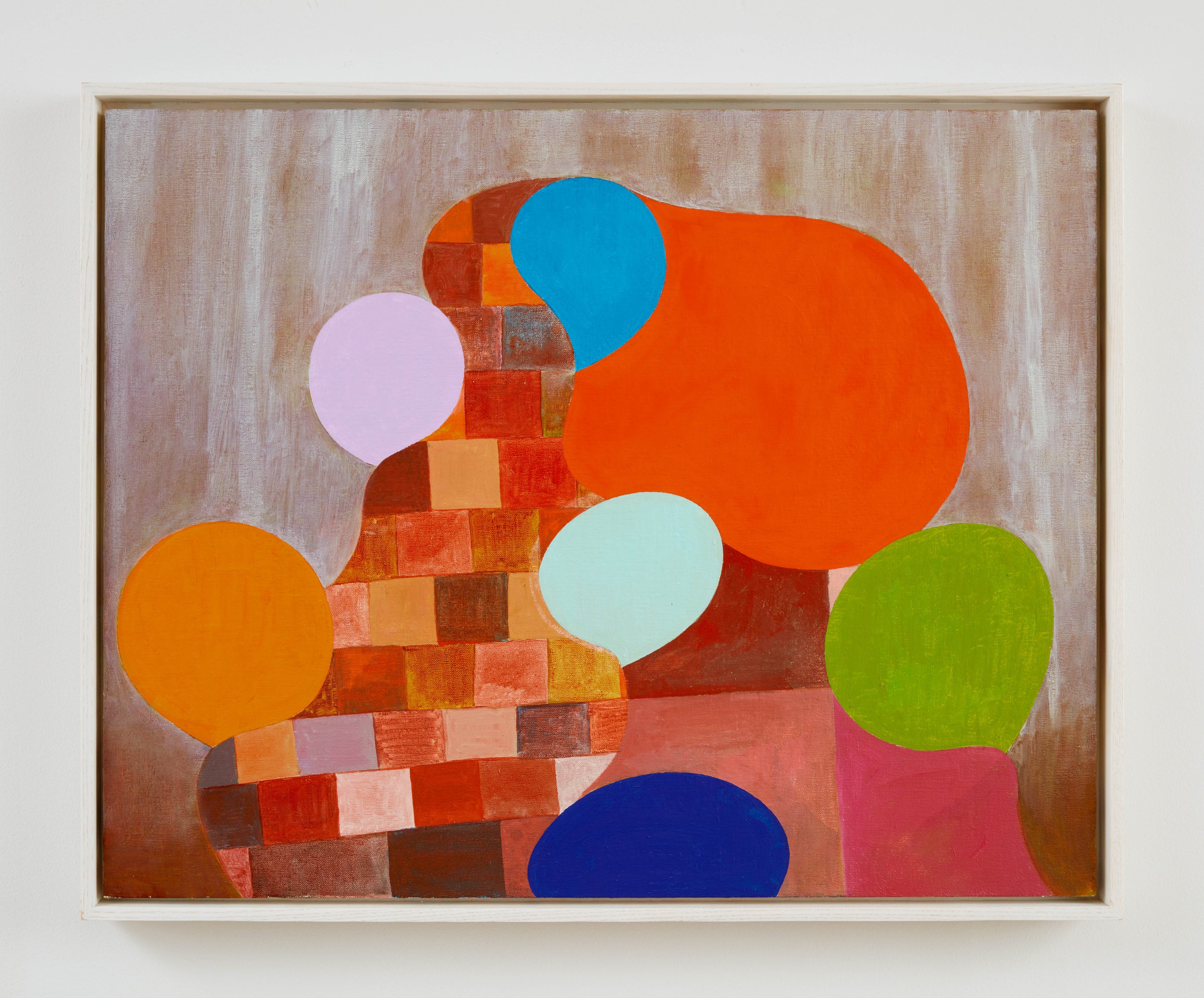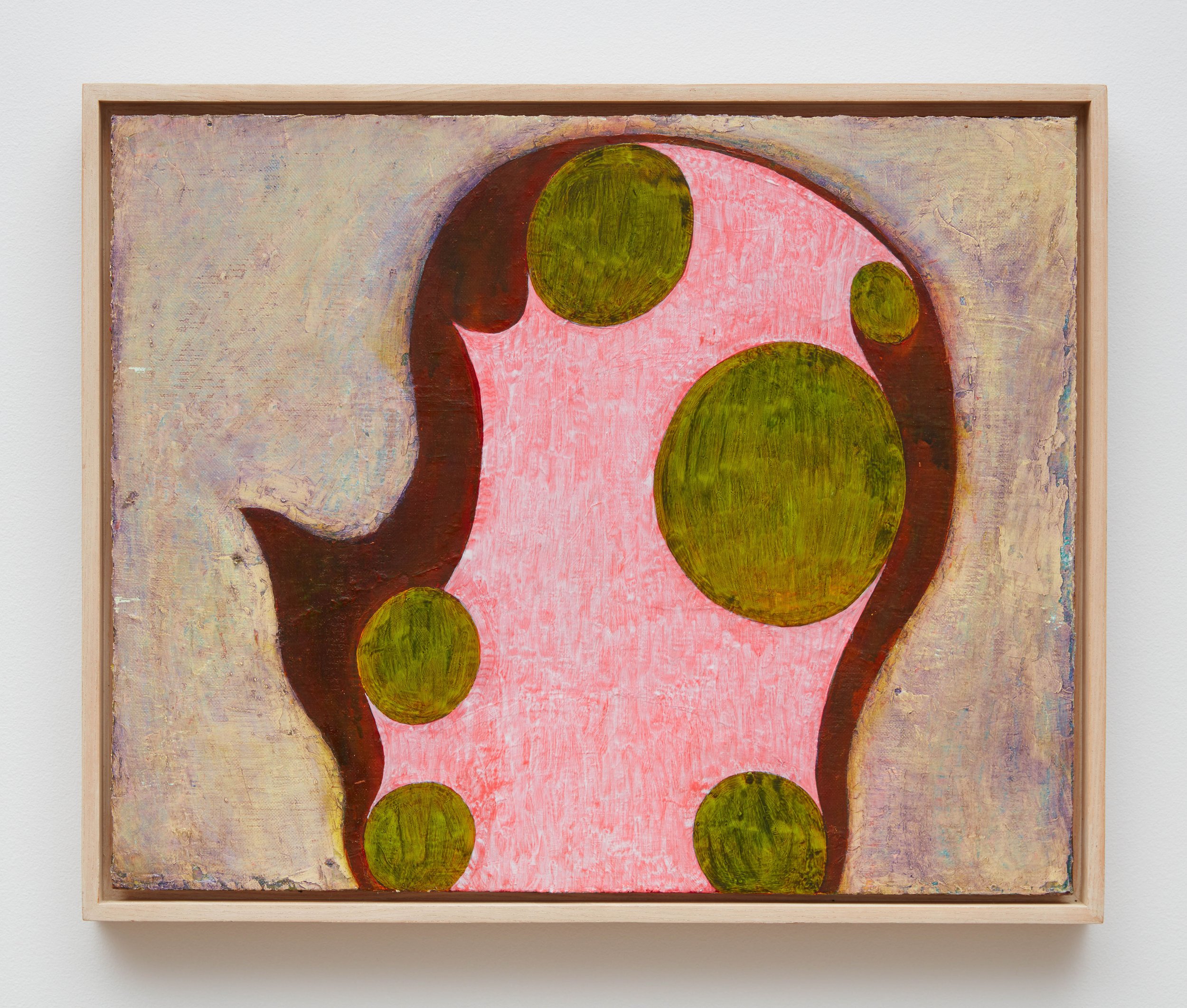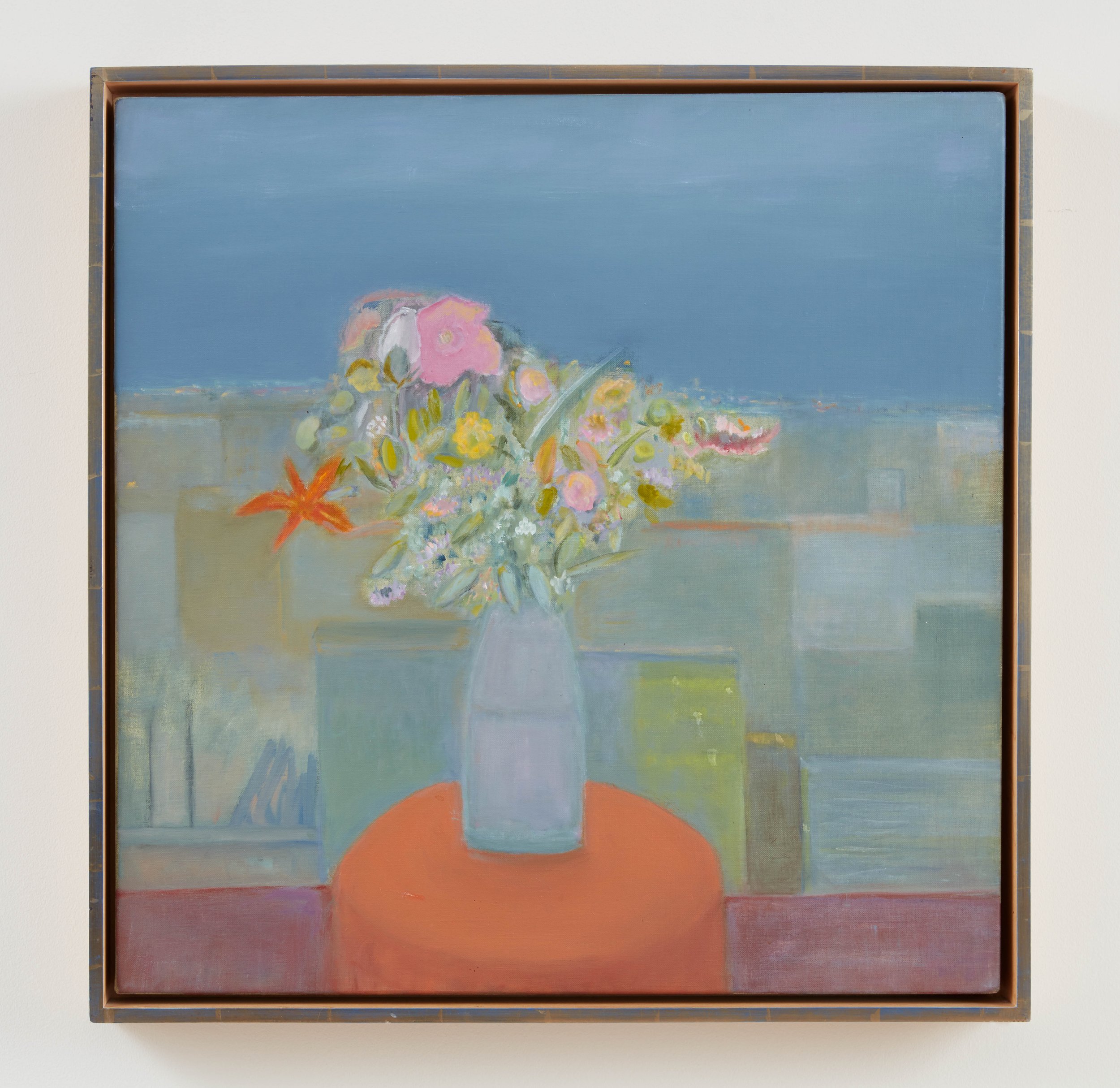Jane Freilicher and Thomas Nozkowski: True Fictions
November 5, 2021 - February 26, 2022
Curated by Eric Brown
Thomas Nozkowski
Untitled (9-5), 2011
oil on linen on panel
22 x 28 inches
© Estate of Thomas Nozkowski, courtesy Pace Gallery
Jane Freilicher
Nasturtiums Before a Red Cloth, 2003
oil on linen
20 x 20 inches
Private collection, courtesy Kasmin Gallery
The Milton Resnick and Pat Passlof Foundation is proud to present Jane Freilicher and Thomas Nozkowski: True Fictions, curated by Eric Brown and on view November 5, 2021 – February 26, 2022. A catalogue featuring essays by Brown and Barry Schwabsky will accompany the exhibition.
The first to pair the work of Freilicher (1924–2014) and Nozkowski (1944–2019), the exhibition comprises a selection of sixteen paintings from the artists’ last decades, when Freilicher’s paintings became pared down and more abstract. Rather than encouraging the divide between abstraction and representation, True Fictions collapses the distinction, presenting a novel pairing that helps us to see two bodies of work anew—each through the lens of the other.
Jane Freilicher is most noted for her sweeping Long Island landscapes, seen from her Water Mill studio window, and her dazzling views of downtown Manhattan that she often juxtaposed with still life objects in the foreground. Thomas Nozkowski is recognized for his richly colored and intimately scaled abstract paintings and drawings that translate sensations and memories into abstract compositions that push the limits of visual language.
Nozkowski, twenty years Freilicher’s junior, wrote of her work, “Jane Freilicher’s pictures are all will. Beyond their sweet surfaces and easy beauty, they are hard as nails. They are tough-minded things.” In a profile that ran in The New York Times, Nozkowski discussed a new drawing in his studio, saying that “the colored boxes reminded him, after the fact, of Jane Freilicher’s paintings of objects on windowsills.”
As young painters they both reacted against the predominant movement of their day that proliferated downtown New York City, where both painters lived and had studios. Freilicher painted representational works during the height of Abstract Expressionism in the 1950s. And Nozkowski reacted against the large-scale canvases of Color Field and Minimalism of the 1960s and 1970s, in favor of small easel-sized paintings. Freilicher and Nozkowski’s transmutations of the quotidian into the painterly have much to teach us about attention and improvisation.
Though Nozkowski’s paintings are abstract and Freilicher’s representational, both artists found their subject matter in the real world, approaching their subjects from a place of feeling, generosity, and endless curiosity. They believed in the shamanic power of painting. Often referred to as “painters’ painters,” their work has influenced generations of artists.



















